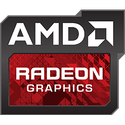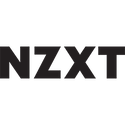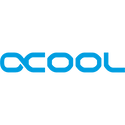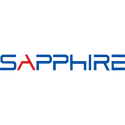
AMD Ryzen 5000 Series CPUs with Zen 3 Cores Could be Vulnerable to Spectre-Like Exploit
AMD Ryzen 5000 series of processors feature the new Zen 3 core design, which uses many techniques to deliver the best possible performance. One of those techniques is called Predictive Store Forwarding (PSF). According to AMD, "PSF is a hardware-based micro-architectural optimization designed to improve the performance of code execution by predicting dependencies between loads and stores." That means that PSF is another "prediction" feature put in a microprocessor that could be exploited. Just like Spectre, the feature could be exploited and it could result in a vulnerability in the new processors. Speculative execution has been a part of much bigger problems in CPU microarchitecture design, showing that each design choice has its flaws.
AMD's CPU architects have discovered that the software that relies upon isolation aka "sandboxing", is highly at risk. PSF predictions can sometimes miss, and it is exactly these applications that are at risk. It is reported that a mispredicted dependency between load and store can lead to a vulnerability similar to Spectre v4. So what a solution to it would be? You could simply turn it off and be safe. Phoronix conducted a suite of tests on Linux and concluded that turning the feature off is taking between half a percent to one percent hit, which is very low. You can see more of that testing here, and read AMD's whitepaper describing PSF.
AMD's CPU architects have discovered that the software that relies upon isolation aka "sandboxing", is highly at risk. PSF predictions can sometimes miss, and it is exactly these applications that are at risk. It is reported that a mispredicted dependency between load and store can lead to a vulnerability similar to Spectre v4. So what a solution to it would be? You could simply turn it off and be safe. Phoronix conducted a suite of tests on Linux and concluded that turning the feature off is taking between half a percent to one percent hit, which is very low. You can see more of that testing here, and read AMD's whitepaper describing PSF.


































































